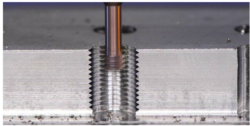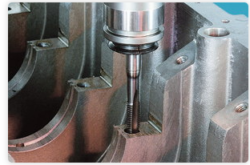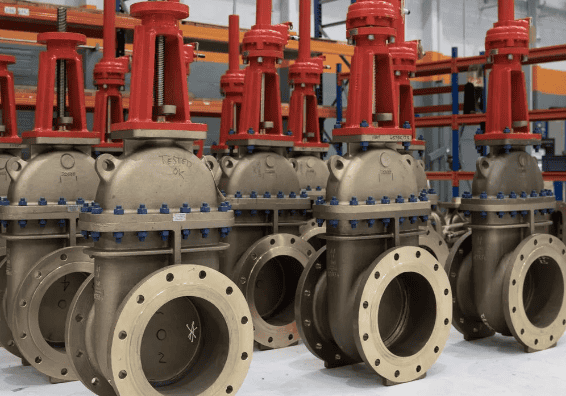CNC tapping is a useful and fairly common manufacturing process that is used to cut internal threads into workpieces. It relies on computers that pre-program and control special machines. This enables extremely precise internal threads to be created.
What is the ‘tap’?
The tap is the cutting tool used for tapping. Different types are used for creating different holes. CNC tapping usually uses a ‘power’ tap such as a spiral flute tap, spiral point tap, form tap, or roll tap.
Advantages of CNC tapping
CNC tapping has many advantages including high productivity, consistency, repeatability, versatility, and efficient use of materials with low scrap levels. It is also a safe method that reduces the potential for injuries among operators.
Tapping machine experts
If you feel that your business could benefit from CNC tapping, there are a number of firms that specialise in this technology. Roscamat is considered to be one of the leading experts and Roscamat tapping machines are used worldwide. There are a variety of different Roscamat tapping machines for different applications.
Types of CNC tapping process
There are several types of CNC tapping processes, each of which is best suited to different applications.
Through hole tapping makes a hole that goes all the way through the workpiece. This method typically produces high-thread quality.
Blind hole tapping creates a hole that does not go all the way through. These are often threaded with gun nose, spiral flute, or bottoming taps.
Rigid tapping involves holding the tap and tapping head firmly in place, and synchronising the rotation of the tap and feed so that it matches the spindle speed. No axial float is allowed. This method is best suited for shallow holes in softer materials.
Peck tapping involves making the holes using short bursts or ‘pecks’, with full retraction between each peck. This helps with chip evacuation but is less productive than continuous tapping methods.
Overall, CNC tapping is a very productive, efficient, flexible, and cost-effective threading method. It is used across various industries including automotive, optics, oil and gas, medical device manufacturing, and aerospace.





